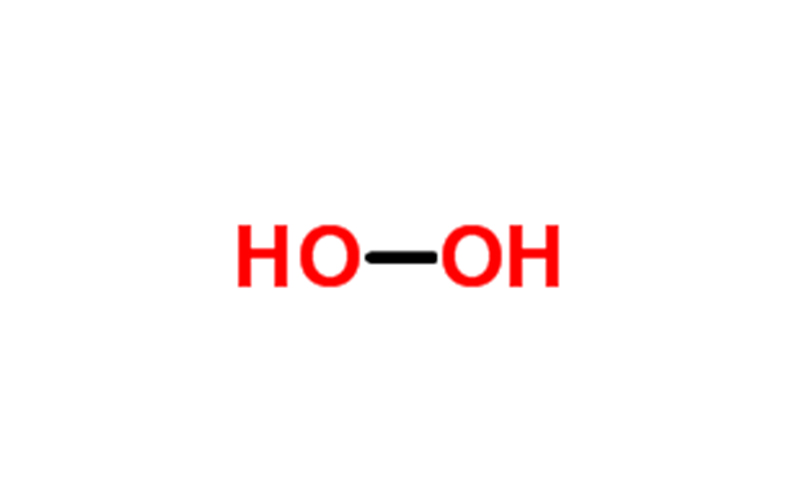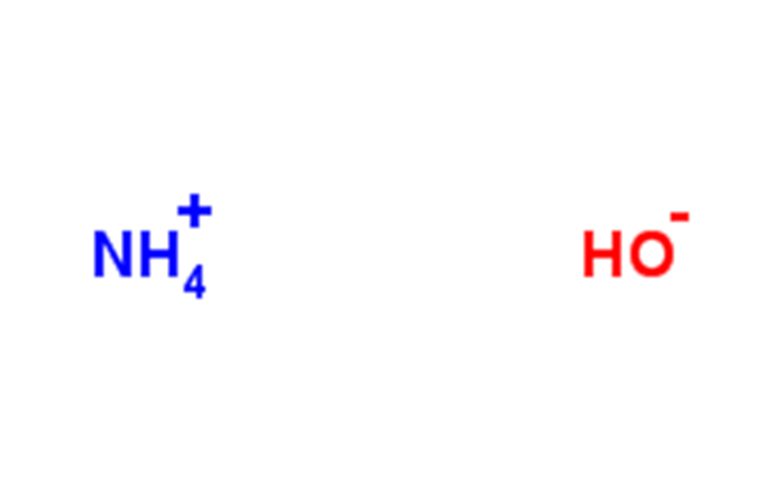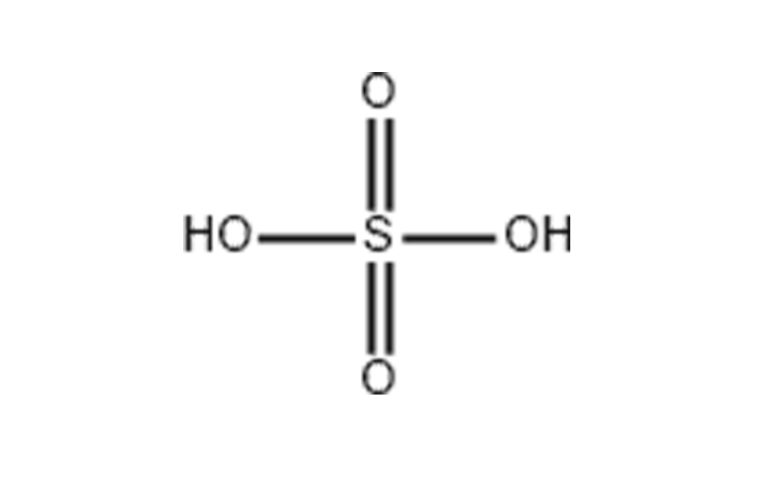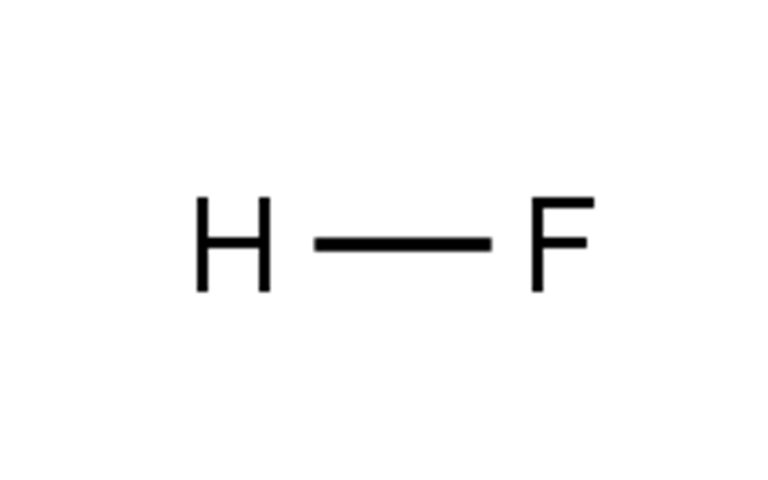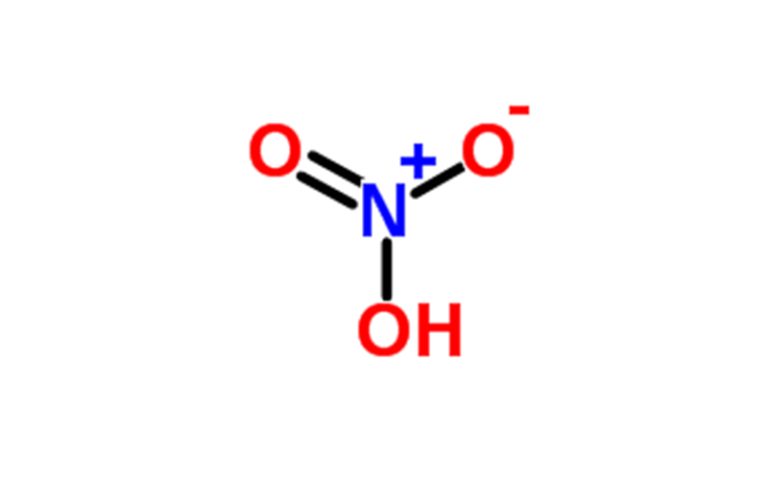| PARAMETER | U.M. | Minimum | Maximum | |
| Assay (H2O2) | % | 30.0 | 32.0 | |
| Color | APHA | 5 | ||
| Nitrate (NO3) | ppb | 50 | ||
| Total Organic Carbon (TOC) | ppm | 20 | ||
| Chloride (Cl) | ppb | 30 | ||
| Sulfate (SO4) | ppb | 50 | ||
| Phosphate (PO4) | ppb | 20 | ||
| MAXIMUM OF IMPURITIES | U.M. | Minimum | Maximum | |
| Aluminum (Al) | ppb | 0.05 | ||
| Antimony (Sb) | ppb | 0.05 | ||
| Arsenic (As) | ppb | 0.05 | ||
| Barium (Ba) | ppb | 0.05 | ||
| Beryllium (Be) | ppb | 0.05 | ||
| Bismuth (Bi) | ppb | 0.05 | ||
| Boron (B) | ppb | 0.05 | ||
| Cadmium (Cd) | ppb | 0.05 | ||
| Calcium (Ca) | ppb | 0.05 | ||
| Chromium (Cr) | ppb | 0.05 | ||
| Cobalt (Co) | ppb | 0.05 | ||
| Copper (Cu) | ppb | 0.05 | ||
| Gallium (Ga) | ppb | 0.05 | ||
| Germanium (Ge) | ppb | 0.05 | ||
| Gold (Au) | ppb | 0.05 | ||
| Iron (Fe) | ppb | 0.05 | ||
| Lead (Pb) | ppb | 0.05 | ||
| Lithium (Li) | ppb | 0.05 | ||
| Magnesium (Mg) | ppb | 0.05 | ||
| Manganese (Mn) | ppb | 0.05 | ||
| Molybdenum (Mo) | ppb | 0.05 | ||
| Nickel (Ni) | ppb | 0.05 | ||
| Niobium (Nb) | ppb | 0.05 | ||
| Potassium (K) | ppb | 0.05 | ||
| Silver (Ag) | ppb | 0.05 | ||
| Sodium (Na) | ppb | 0.05 | ||
| Strontium (Sr) | ppb | 0.05 | ||
| Tantalum (Ta) | ppb | 0.05 | ||
| Thallium (Tl) | ppb | 0.05 | ||
| Tin (Sn) | ppb | 0.05 | ||
| Titanium (Ti) | ppb | 0.05 | ||
| Vanadium (V) | ppb | 0.05 | ||
| Zinc (Zn) | ppb | 0.05 | ||
| Zirconium (Zr) | ppb | 0.05 | ||
| PARTICULATE COUNT | U.M. | Minimum | Maximum | |
| ≧0.1 micron | pcs/ml | 300 | ||
| ≧0.2 micron | pcs/ml | 200 | ||
| ≧0.5 micron | pcs/ml | 100 | ||
| ≧1.0 micron | pcs/ml | 25 | ||
Physical and Chemical Properties
- Density: ~1.45 g/cm³ (at 20°C)
- Boiling Point: Decomposes before boiling (~150°C)
- Melting Point: -0.43°C
- pH: Slightly acidic (around pH 4.5 to 5.5 for diluted solutions)
- Solubility: Completely miscible with water
- Decomposition: Slowly decomposes into water (H₂O) and oxygen (O₂), accelerated by heat, light, and impurities
Key Applications
- Semiconductor Industry:
- Used for wafer cleaning, etching, and removing organic contaminants in microelectronics
- Essential for oxidation processes and cleaning prior to photolithography
- Electronics Manufacturing:
- High-purity etchant for circuit boards
- Used in chemical mechanical planarization (CMP) processes
- Chemical Synthesis:
- Oxidizing agent in high-purity chemical production
- Used for synthesizing fine chemicals and pharmaceuticals
- Environmental Applications:
- Wastewater treatment and air purification (advanced oxidation processes)
- Used in disinfecting and sterilization processes
- Pharmaceutical & Biotechnology:
- Used in sterilization, disinfection, and as a precursor in pharmaceutical synthesis
Safety and Handling
- Hazards: Strong oxidizer, can cause severe burns and eye damage. Reacts violently with organic material and reducing agents.
- Storage:
- Store in tightly sealed, compatible containers (e.g., HDPE, PFA)
- Keep in a cool, dry, and well-ventilated area away from sunlight and heat sources
- Protective Equipment: Wear chemical-resistant gloves, goggles, and lab coats. Use in a well-ventilated space or under a fume hood.
Market and Supply
- Major Producers: Evonik, Solvay, Arkema, Mitsubishi Gas Chemical, etc.
- Packaging: Supplied in high-purity containers, such as drums, IBC totes, or bulk delivery systems
- Regulations: Complies with industry standards for semiconductor-grade hydrogen peroxide and other high-tech applications

